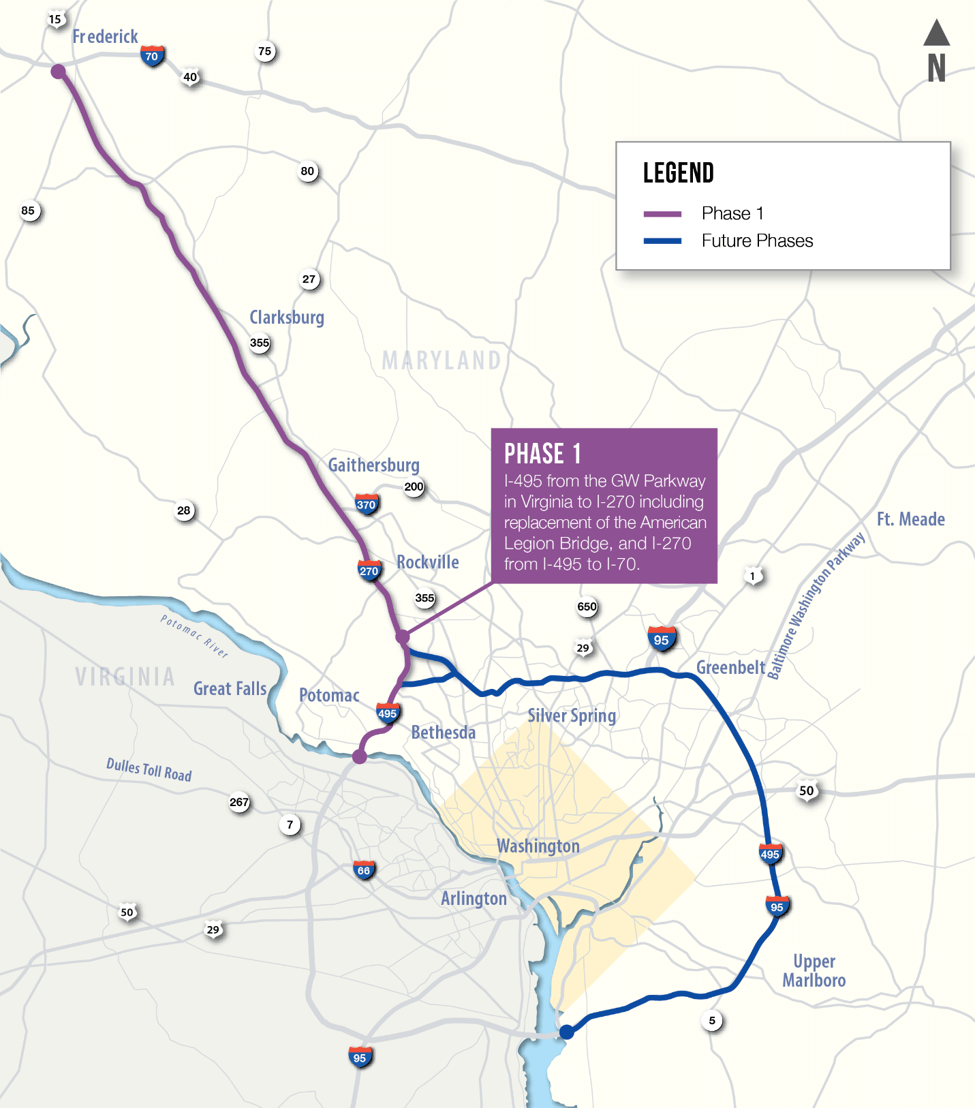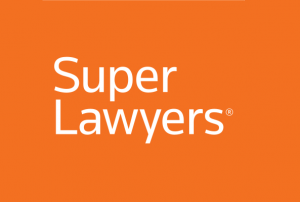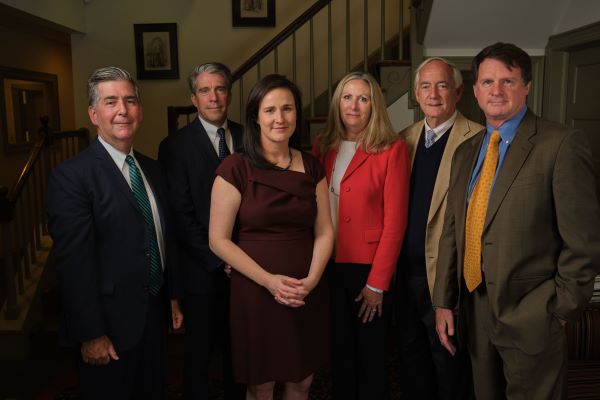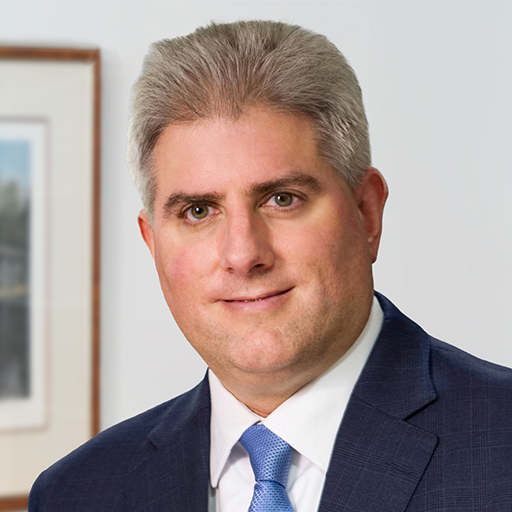 If you live in Montgomery or Prince George’s Counties, or you regularly commute into Washington D.C. or Northern Virginia, you are likely already aware of plans to widen the I-495 Beltway and I-270 to make way for new toll lanes. Miller, Miller & Canby’s eminent domain and condemnation attorneys are closely tracking this major infrastructure project.
If you live in Montgomery or Prince George’s Counties, or you regularly commute into Washington D.C. or Northern Virginia, you are likely already aware of plans to widen the I-495 Beltway and I-270 to make way for new toll lanes. Miller, Miller & Canby’s eminent domain and condemnation attorneys are closely tracking this major infrastructure project.
The Landscape
This project is a priority of Governor Hogan, which is emerging out of the I-495 & I-270 Managed Lanes Study launched in March 2018 by Maryland Department of Transportation’s State Highway Administration (MDOT SHA). A Public-Private Partnership (P3) has been established to manage and indeed fund the project’s development, design and construction. The P3 releases periodic newsletters and info on their website.
On January 8, 2020, Maryland’s Board of Public Works (BPW), comprised of the Governor, Treasurer and Comptroller, voted 2-1 to approve Phase-1 of the project. On February 7th the P3 posted an announcement on its website clarifying that the BPW’s vote “only allows the solicitation process to move forward for a Phase Developer to assist the MDOT SHA with preliminary development and design activities, which is allowable under federal regulations.” (Click here for full anouncement) Once the project’s new toll lanes are constructed, the P3’s development contractor will retain some level of ownership interest in those lanes while operating and maintaining them for a given time period – purportedly 50 years.
Prior to January’s BPW vote, the National Environmental Policy Act (NEPA) process was already well underway for the I-495 & I-270 Managed Lanes Study. In fact, the P3’s most recent September 2019 Newsletter noted that the Draft Environmental Impact Statement (DEIS) was scheduled to be released later this Winter 2020 for public review and comment, followed by public hearings in the Spring. However, the P3’s February 7th website post announced that the DEIS would not be published until Spring 2020.
The Plan for Phase 1
The P3’s February 7th website post included a map of Phase-1 as planned, a copy of which is provided below. Phase-1 will widen I-495 and I-270 for toll lanes, beginning by replacing and widening the American Legion Bridge that crosses the Potomac River from Virginia, and extending northward to I-70 in Frederick County. Current plans are to divide Phase-1’s delivery, first widening I-270 up to its intersection with I-370 in Montgomery County. However, since the project’s details remain undefined, the extent of privately owned real estate that will be required to support the widening remains unresolved. At present, there is an interactive map posted online by MDOT SHA for preliminary planning purposes, which remains subject to change.

Legislation Proposed to Stop the Project
This project remains highly controversial. In fact, Bills SB0229 & HB0292, cross-filed in both chambers of the General Assembly this session, propose to prohibit the State from constructing toll roads or bridges without the consent of the majority of the affected Counties. The Bills propose to rewrite an existing law (Maryland Transportation Code Section 4-407), which already requires majority County consent for toll projects, but only amongst nine named Counties all located east of the Chesapeake Bay Bridge. If successfully enacted, the new law would extend that majority consent requirement to ALL Maryland Counties and Baltimore City.
The House Environment and Transportation Committee held a hearing on February 13th in which HB0292 was under consideration. Those testifying in favor of HB0292 (i.e. in opposition to the 495/270 project), led by Prince George’s County representative Mary Lehman, raised arguments and allegations including:
-
The existing law stands as precedent, and to continue limiting the consent requirement to nine Counties is inequitable/unfair.
-
The State needs to fully engage affected Counties, yet there has been virtually no consultation, coordination and collaboration with affected Counties for this 495/270 project.
-
The contract procurement process has been far from transparent, as solicitation was recently amended to essentially sole-source to an Australian company called Transurban who was Virginia’s P3 contractor that still owns and operates its I-495, I-395 and I-95 Express Lanes.
-
Preliminary MDOT SHA estimates indicate that the entire 495/270 project will range between $8 and $9 Billion, but witnesses asserted that budget estimate details have not been released and independent estimates are as high as $25 Billion.
-
Testimony challenged the assertion that the project will be financed wholly by private investment, thus enabling other planned MDOT SHA projects to remain funded and on-track. Rather, it was suggested that taxpayers will likely absorb change-orders and cost overruns, which have proven to be significant in other P3 projects elsewhere. Transurban’s current West Gate Tunnel project in Australia was presented as an example.
-
This Bill will not become a blanket veto of all toll projects, because County politicians are accountable to voters, and if the project makes sense, they will support it or face being replaced.
Those testifying in opposition to the Bill (i.e. in favor of the I-495/I-270 project) raised arguments and allegations including:
-
This is a Not In My Back Yard (NIMBY) Bill, in that its proponents living closer to D.C. are disregarding the decades-long notorious traffic issues faced particularly by Maryland commuters living in upper Montgomery County, Frederick County and further. (4+ hours daily commute for many)
-
The State, not Counties, must ultimately consider how this 495/270 project will benefit its citizens at large and the larger State economy as it pertains to the livability and attractiveness to new persons and businesses considering moving here.
-
Individual Counties cannot be given a first right of refusal that will impact the entire State and pit counties against each other – which in all likelihood will occur. They referenced the recent I-95 toll road project north of Baltimore extending into Harford County, which Baltimore County could have opposed if this Bill were law, to the detriment of Harford County residents.
-
It is a fallacy that adding toll lanes will increase greenhouse gas emission.
-
The 495/270 widening would generate jobs and income, which would be lost if this Bill were passed.
Finally, there was discussion regarding the potential constitutional Commerce Clause challenges that could be raised should HB0292 become law. It was also noted that while toll projects tend to be State projects, they usually receive federal funds, making federal law applicable, which would potentially preempt a State law such as the one proposed. HB0292’s opponents posited that it is more susceptible to being repealed or preempted than the existing law requiring nine eastern Counties’ consent. They pointed out that the I-495 project involves interstate transit into Virginia falling under federal purview, while asserting that the existing law only impacts intrastate roadways in nine counties. HB0292’s proponents reiterated that it changes nothing about existing law other than the number of Counties whose consent is required.
As the General Assembly continues to deliberate these Bills, the 495/270 widening project will undoubtedly press ahead.
About Miller, Miller & Canby
Miller, Miller & Canby has extensive experience in protecting property owners’ rights throughout the eminent domain process. Jamie Roth is an Associate in the firm’s Litigation Practice Group, concentrating his practice in real estate litigation with a focus in eminent domain. Prior to becoming an attorney, Jamie enjoyed a distinguished career spanning over twenty years in the private and public sector with experience in project management, strategic planning, asset management and risk mitigation, including eleven years as a successful real estate consultant in federal eminent domain matters.
If you have any eminent domain-related questions or questions about the project or its potential impact to your property, please contact Jamie at 301.762.5212 or via email.
Visit our firm’s website for general information on the eminent domain process and our firm’s services by clicking here.







Share this Article: